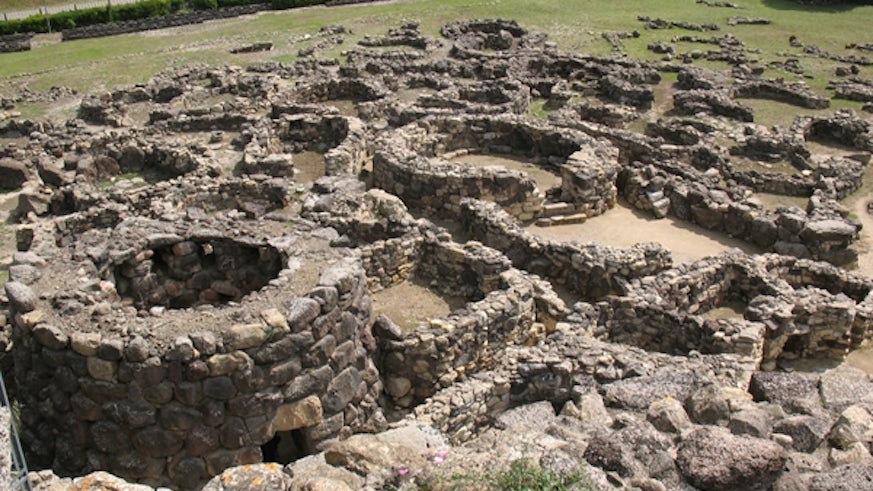Zooarchaeology to unlock development of Nuragic culture in prehistoric Sardinia
26 July 2021

Latest scientific techniques to reveal behaviours that shaped the mysterious culture named after its world-famous tower-fortresses
Visitors to Sardinia cannot fail to spot the great tower-fortresses that straddle the landscape, with one every three square kilometres of the Mediterranean’s second largest island.
Although the impressive Su Nuraxi in Barumini is recognised with world heritage site status, fewer people will know that the 7,000+ nuraghi – found only in Sardinia – are the legacy of the prehistoric Nuragic people that thrived during the Bronze and Iron Age, perhaps persisting until colonization by the Phoenicians, the Carthaginians, and finally the Romans.
While the monumental legacy of the Nuragic culture is clear for all to see, how these inventive people used the landscape to raise animals, build their economy and contribute to political systems has remained an unknown.
Now a major, two-year zooarchaeology research project is bringing the latest scientific techniques to answer these questions for the first time.
The detailed study and reassessment of Nuragic social dynamics provided by ZANBA: Zooarchaeology of the Nuragic Bronze Age is timely as new archaeological discoveries are indicating that this culture played a larger role in European Bronze Age exchange networks than has previously been recognized.
The £200,000 project is combining cutting-edge, multi-scalar isotope analyses with species identification of zooarchaeological remains to understand the relationships among developing elite identities, landscape use, and power consolidation of the Nuragic culture.
First, the project is examining prehistoric animal remains to look for evidence of behaviours ranging from feasting and hunting to collection of tribute and intensification of the animal economy. Selected specimens will then undergo multi-isotope analysis to identify evidence of economic intensification and expanding territorial control.
The combined results will inform a new narrative of internal social development within the Nuragic culture.
Previous studies have often addressed the Nuragic animal economy as an undifferentiated whole, with few attempts to understand its internal social dynamics during the culture's six centuries of development.
Findings will be disseminated within the archaeological community and are being shared publicly through blog updates and on Twitter and Instagram (zanba_project1).
Undertaking the project as Marie Sklodowska-Curie Postdoctoral Research Fellow is Dr Emily Holt, supervised by Dr Richard Madgwick.
Dr Holt is a zooarchaeologist specialising in environmental archaeology with research interests in how archaeological animal remains can be used to understand key issues like social inequality, resource use and environmental change. She has previously worked at Miami University of Ohio, the Museum national d'Histoire naturelle in Paris, the University at Buffalo and Oberlin College.
The ZANBA project has received funding from the European Union's Horizon 2020 research and innovation programme under grant agreement No 839517.